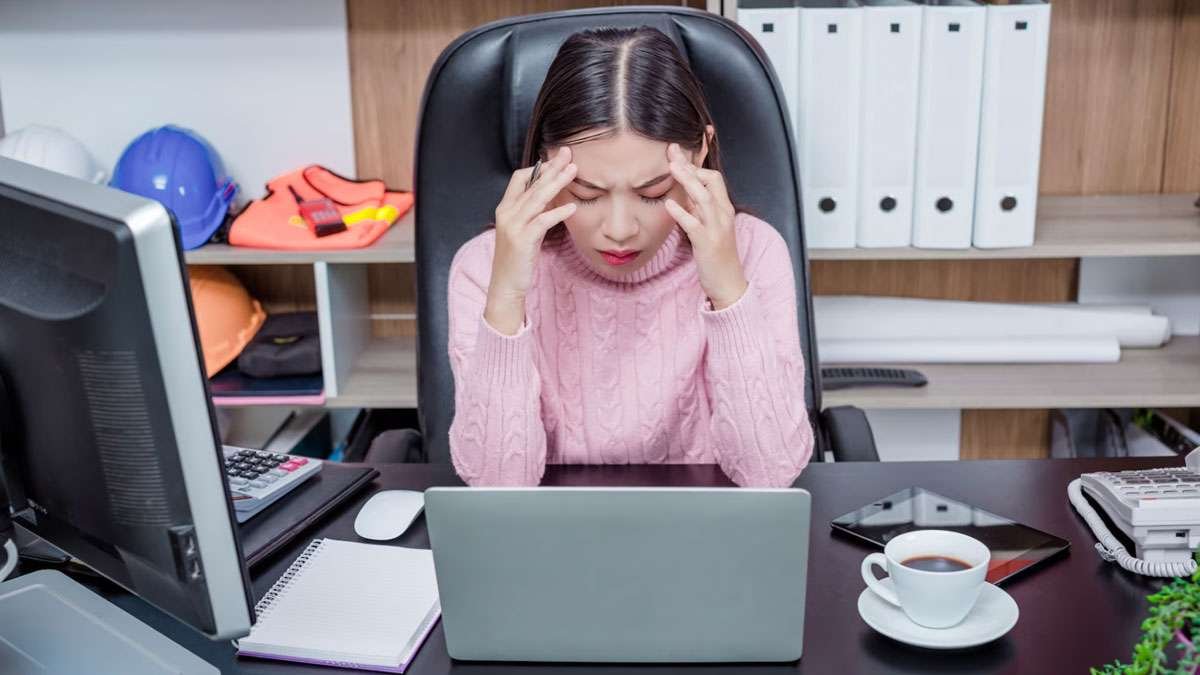Combatting eye strain and fighting the screen fatigue

As you read this, you are focused on looking at a screen. After that, you are going to check on your laptop or computer, phone, or other devices. Then, you’ll go back to the other screen, you read texts, messages, updates, and notifications. Later on, you’ll probably check on social media and scroll through it for hours. Then, go back to another device to check on things that needed to be done for academic and/or professional purposes. Once you’re done, you will check on your phone again for some kind of updates. Later, before going to bed, you may browse and watch Netflix films or random videos on YouTube or Tiktok
NOTE: You may put down your phone after checking this article.
Photo | Paoline Guinoo
Combatting eye strain and fighting the screen fatigue
You see, our eyes constantly battle with the exposure to screen every day, every hour, every minute. Imagine how it hurts when your skin is exposed to direct sunlight the whole day without any sunscreen. Ouch! Not only does it hurt your skin, but you also slowly feel headaches.
Dr. Jessica Lee, Retina Surgeon at New York Eye and Ear Infirmary of Mount Sinai says that digital eye strain has become increasingly more common from hours of staring at computers and phones all day.
“Some research has linked too much blue light exposure—particularly at night—to insomnia because the blue-light sensitive molecules in the retina are also responsible for setting our body’s circadian rhythm. Excessive blue-light exposure can suppress the release of melatonin, the hormone that helps set our sleep-wake cycle, which can in turn disrupt our sleep patterns, thus exacerbating eye strain.”
So, here are some ways to fight the eye strain or screen fatigue that we may experience every day:
Look away, every now and then
Constantly look away from the screen every 20 minutes, and stare at an object 20 feet away for 20 seconds or more. This is the ’20-20-20 rule’ according to Dr. Lee. This helps the eye muscles relax and help prevent symptoms of eye strain from excessive screen time.
Bigger, better fonts
Dr. Lee also advises how it will be better to have bigger text on our screen to avoid squinting too much to read each letter.
Blink
Blinking keeps the eyes lubricated.
“Some doctors even suggest posting a note that says ‘BLINK!’ on the computer as a reminder.”
This is because your standard blink rate is about 15-20 times per minute, but this dramatically decreases “by up to half” when staring at a screen.
“If the eyes still feel dry, try using artificial tears to hydrate.”
Dim your screen
Especially at night. That brightness causes one of the biggest offenders.
“Turning down the brightness—to the point where one can still see clearly—can help minimize the discomfort of nighttime screen viewing. Some researchers recommend limiting exposure to blue light or screen time approximately an hour before going to bed to minimize any disruptions in our sleep cycle.”
Photo | Paoline Guinoo
Seek an updated prescription
Why have a prescription at all if it isn’t going to make your vision 20/20?
“Make sure you’re using the correct prescriptive glasses or contact lenses. Some people opt to customize a pair of contact lenses or eyeglasses prescription specifically for screen use since it primarily requires use of our ‘intermediate’ vision.”
After checking this out, you know what to do! Take care of your eyes.
Estimated reading time: 3 minutes
Paoline is driven by passion and enthusiasm for making things happen of what she envisioned. She invites people to see the colors she created on an empty canvas. Through writing or designing, she likes people to see the wonders of stories in a glimmer of first sight






